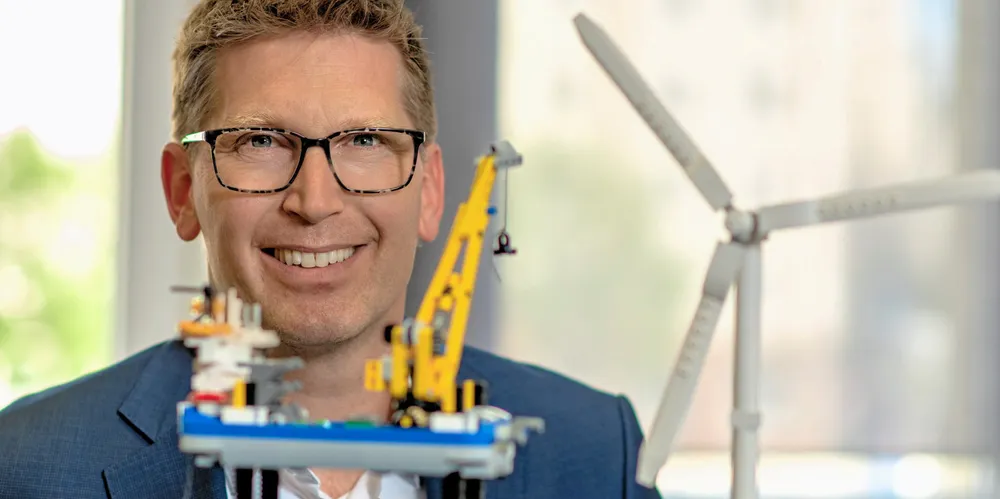Negative bidding outcome in German offshore tender to 'increase pressure on supply chain'
OPINION | Record payments for seabed leases to make wind farms more expensive while bottlenecks are looming in installation vessels, foundations and turbines, writes Stefan Thimm

With two tenders of offshore wind areas in the North and Baltic Seas adding up to a total capacity of 8.8GW, the German Federal Network Agency (BNetzA) has added more capacity to the German offshore wind project pipeline in one year than has been built in the German North and Baltic Seas over the past decade. And that is just the beginning. After the German government has set its ambitious new climate and (associated) expansion targets for offshore wind energy last year, we now need to ramp up our national offshore wind capacity rapidly. 30GW by 2030, 40GW by 2040 and even 7GW by 2045 need to be installed.
After a previous expansion freeze we now have a tough piece of work ahead of us. Instead of a smooth and steady expansion, most of the new capacity until 2030 will be added in the last two years of the decade. And as if that were not enough, expansion targets for offshore wind energy have developed dynamically across Europe and in large parts of the world. In the next few years, we are facing a strong global competition for very limited resources and production capacities.
Considering the results of this year’s tenders, however, we see a great willingness of investors to support the expansion of this established technology. Also, the German market still seems to be quite attractive to new competitors: Classic oil and gas producers – such as BP, which won two of the auctioned areas – are now finding their way into offshore technology in Germany – another major step towards climate neutrality.
Over the past decade, developers and operators in Germany have significantly expanded power generation from offshore wind and turned it into a profitable business model. Now it is crucial to keep an eye on the potential weak spots: It is important that policymakers do not unnecessarily increase the risks for further expansion.
Bid amount would have been enough to build additional 3.8GW
From the BWO's point of view, the money could have been used more wisely. For example, this bid amount would have been sufficient to build an additional 3.8GW of offshore wind – for comparison: That is more than one third of the currently installed capacity in German waters. Besides, the qualitative criteria – initiated by the EU – need a careful revision in order to actually strengthen the European value chain.
The first step, however, is now to focus on the realisation of all new projects. The "Federal Regulation on Transformation Technologies" published earlier this month makes clear, the German government is open to financially support the European value chain in expanding the urgently needed production capacities. As an industry, we very much welcome this.
This regulation must also take cable manufacturers and the shipbuilding industry into account. As these are of crucial importance for offshore wind energy as well. To ensure the realisation of future projects, we need to look at potential bottlenecks at all levels of the value chain: From labour to the industrial capacity of foundation and turbine manufacturers, the number of installation vessels, the capacity of ports, to name just a few factors. That is why it is so important to create industrial policy conditions that provide the mostly medium-sized companies within the industry with sufficient security to make the necessary investments. For example, it would be a helpful step to open up the KfW Offshore Wind Energy program to the supply chain and accelerate special depreciation for investment costs.
We need suitable framework conditions to eliminate the foreseeable bottlenecks in the value chain. And even more: International plans show that the offshore expansion could turn into an economic miracle. In April, the EU countries bordering the North Sea agreed to install 120GW of offshore wind in the North Sea by 2030 and 300 gigawatts by 2050. The United Kingdom has a pipeline for another 100GW of wind at sea. Experts estimate that this will require an investment of around one trillion euros. We should be smart and use this great chance for value creation and employment along the entire value chain.